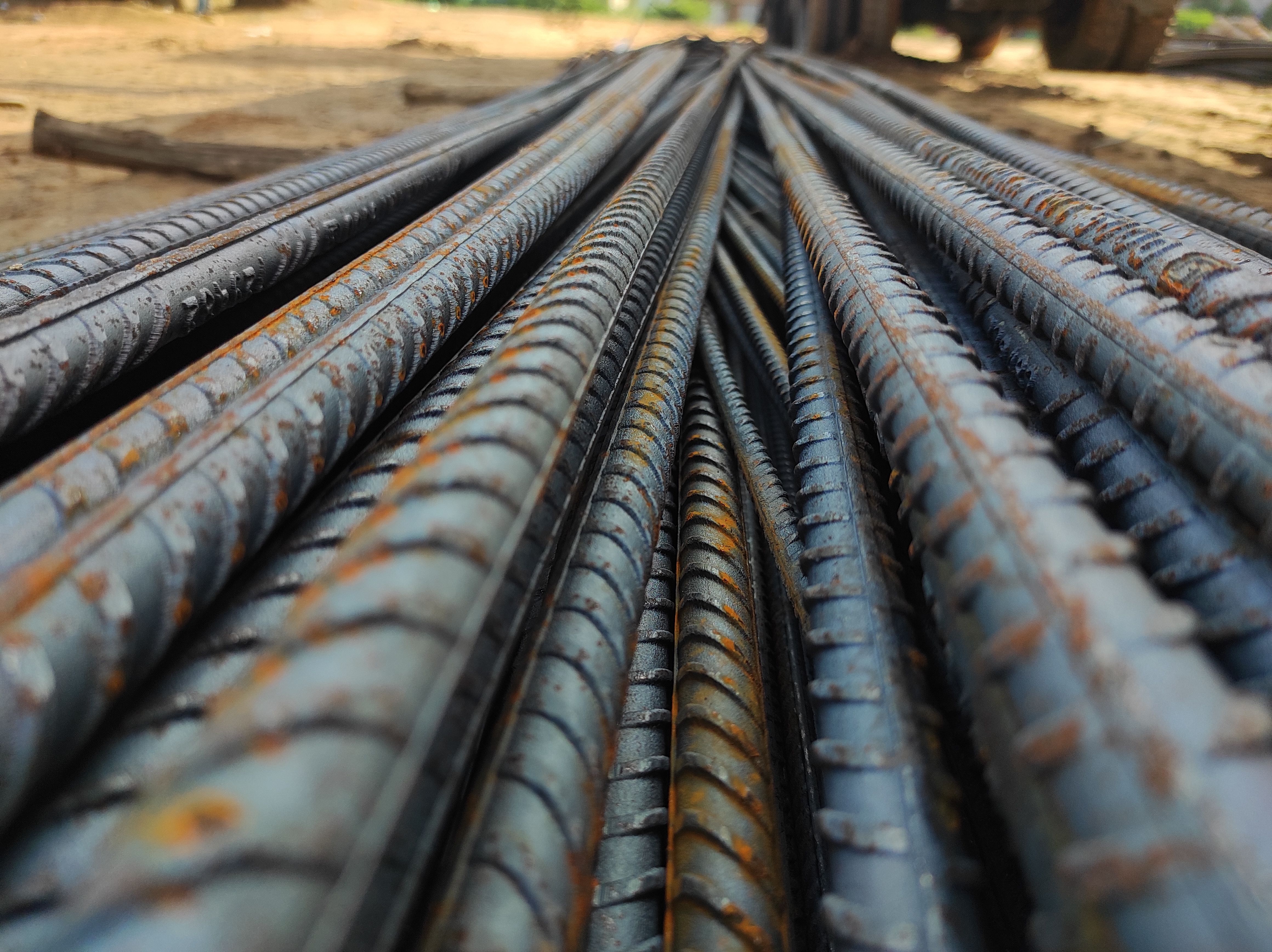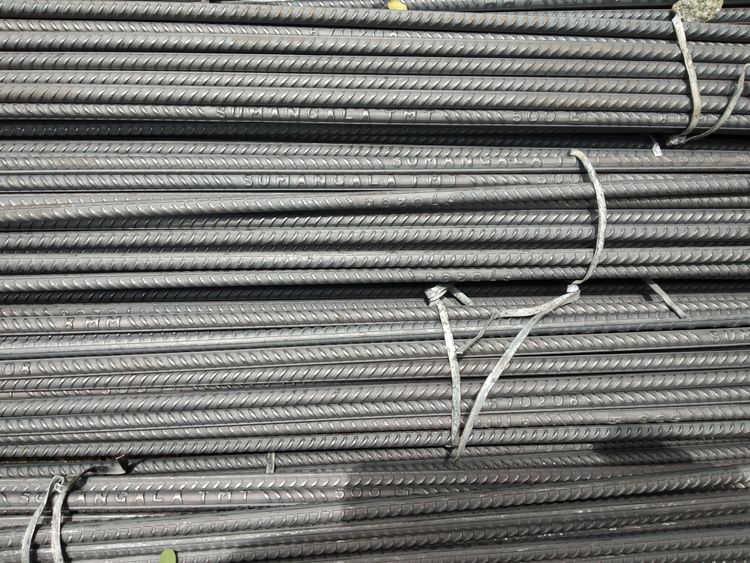The steel sector has always been a lucrative, yet expensive business in our country. The industry's sole strategy for survival is to reduce production costs. Hence, understanding the factors that drive TMT steel pricing is crucial. In this article, we will understand all essential components of the TMT steel bars pricing and the variables that affect the price.
Keep reading to find out more.
1. Demand and Supply - Demand for a product is an essential prerequisite for any industry. If there is no market need for the product, no one would want to produce it, and as a result, there won't be any supply. India, a developing nation, has a thriving infrastructure sector. As a result, our country has a huge market for premium TMT bars. The rationale is simple: Prices will rise in direct proportion to market demand. They will also grow in case the supply is constrained. On the other side, prices will decrease when supply increases and demand declines in the market. Therefore, the steel factory prices for TMT steel depend on the supply and demand for steel.
2. Cost of raw materials - Steel manufacturers use various direct and indirect materials to produce TMT steel bars. Two of the essential raw materials for the production of TMT steel are iron ore and scrap metal. Changes in their cost prices directly affect the output cost or the price of the TMT steel bars. Other factors include the availability of natural resources and industry changes. TMT steel prices are directly influenced by costs associated with labour and steel production operations and material costs. The cost of operating the steel mill will increase, for instance, if energy (electricity) prices increase. As a result, the market price of TMT bars will increase. Typically, blast furnace iron billets are used to make primary TMT bars. In the production of secondary varieties of TMT bars, recycled or scrap steel is used in an electric arc furnace. TMT bars made of primary steel will cost higher than those made of secondary steel.





 +91 7208055523
+91 7208055523
 Help & support
Help & support
